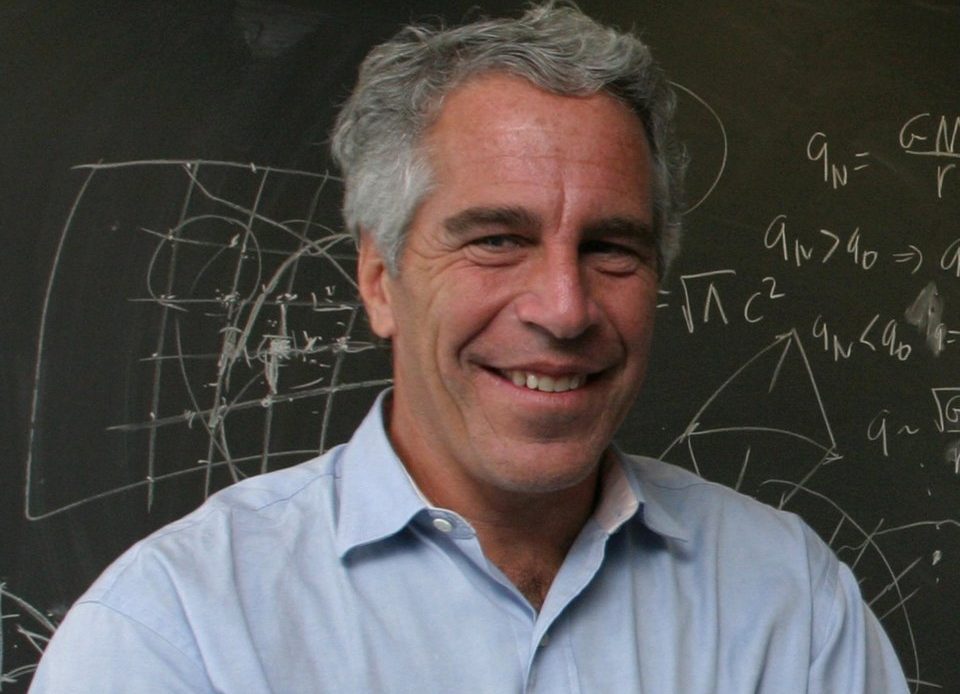
Jeffrey Epstein received a valuable tax break on the basis of an outlandish business plan to study people’s DNA on a Caribbean island and sell the resulting data to drug manufacturers.
The financier and convicted sex offender died by suicide in a Manhattan jail cell, less than five weeks after federal prosecutors filed sex trafficking charges against him in early July. In years past, Epstein surrounded himself with scientists and other scholars, crafting plans that ranged from racist to eccentric. He once aimed to impregnate women in an attempt to seed the human race with his own DNA. On another occasion, he brought environmentally harmful species to an island in the Caribbean, prompting a warning from local officials.
One of his lesser-known plans involved sequencing people’s genomes.
The goal was to create a search engine capable of pinpointing genetic links to diseases like cancer, according to a 2012 transcript obtained by Business Insider through a public-records request. The transcript contains Epstein’s testimony before the Virgin Islands Economic Development Authority, as part of an application he filed on the behalf of one of his companies, Southern Trust, for tax breaks. Parts of the transcript were originally reported by the New York Times.
“What Southern Trust will do will be basically organizing mathematical algorithms so that if I want to know what my predisposition is for cancer we can now have my genes specifically sequenced,” Epstein said.
“You’ll have computer generated solutions for medical problems,” he added. Epstein also described working with at least one US scientist on the project.
‘ The plan had three main elements: First, a small team of scientists would gather genetic material from people living in St. Thomas and sequence their DNA to create catalog of population-level genetics data. Second, the team would design a search engine that would allow them to look for links to particular diseases. Finally, they would create a “virtual laboratory” for performing experiments using computer models. In theory, such a facility would free the scientists of the need for “wet” laboratories, which are designed for conducting research on biological substances and other potentially hazardous materials.

